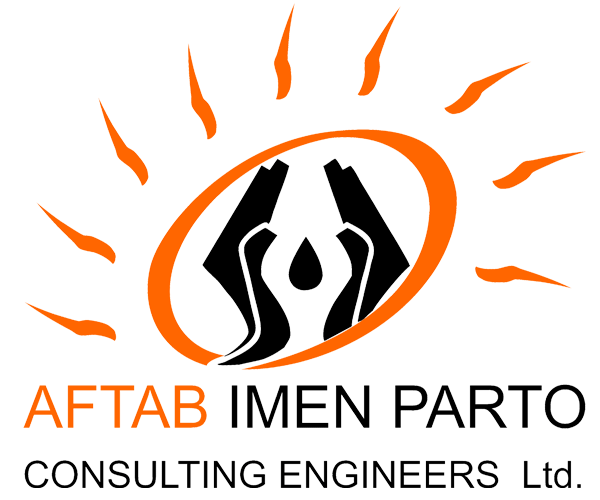What is PHAST Training?
PHAST (Process Hazard Analysis Software Tool) training focusesn o the use of DNV’s PHAST software, a leading tool for consequence modeling of hazardous releases, fires, explosions and toxic dispersions in industrial facilities. PHAST is widely used in oil & gas, petrochemical, chemical and energy industries to assess potential process safety hazards and ensure compliance with safety regulations.
This training helps professionals analyze worst-case scenarios, risk levels and potential impacts of process accidents, enabling better decision-making for risk management, emergency response and process design improvements.
Objectives of a PHAST Training Course
A PHAST training course provides participants with the knowledge and skills to:
1. Understand Process Hazard Modeling Concepts – Learn the fundamentals of consequence modeling, including gas dispersion, jet fires, pool fires, vapor cloud explosions (VCE) and BLEVE (Boiling Liquid Expanding Vapor Explosion).
2. Use PHAST Software for Risk Analysis–Gain hands-on experience in modeling hazardous releases and accident scenarios in PHAST.
3. Perform Gas Dispersion and Fire Modeling–Predict toxic gas dispersion, fire spread and explosion impacts based on real-world conditions.
4. Assess Worst-Case Scenarios–Simulate release conditions, environmental effects and impact distances for hazardous substances.
5. Analyze Industrial Accident Consequences–Evaluate heat radiation, overpressure effects and toxic exposure to understand the impact on personnel, assets and the environment.
6. Ensure Compliance with Safety Regulations–Learn how to use PHAST for regulatory compliance with OSHA PSM, API RP 752/753 and local process safety laws.
7. Enhance Emergency Planning & Risk Mitigation–Improve emergency response planning, mitigation strategies and facility siting studies using PHAST results.
Who Should Attend PHAST Training?
This training is valuable for professionals involved in process safety, risk assessment and emergency response, including:
• Process Safety Engineers–Conducting hazard identification (HAZID), risk analysis (QRA), and safety assessments.
• HSE (Health, Safety & Environment) Managers–Evaluating safety risks and compliance with safety regulations.
• Risk Analysts & Safety Consultants–Performing quantitative risk assessments (QRA) for process facilities.
• Emergency Response Planners–Using PHAST outputs for emergency preparedness and response strategy development.
• Operations & Plant Managers–Understanding potential hazards and integrating safety improvements into plant operations.
• Regulatory Compliance Officers–Ensuring process safety standards meet industry and legal requirements.
• Fire Protection & Industrial Hygienists–Analyzing fire hazards and toxic exposure risks in industrial environments.
Why is PHAST Training Important?
PHAST training helps organizations:
• Improve Safety & Risk Awareness–Identifying potential hazards before accidents occur.
• Enhance Decision-Making–Providing accurate risk assessment data for safer facility design and emergency planning.
• Ensure Compliance–Meeting local and international process safety regulations.
• Optimize Plant Layout & Operations–Using consequence modeling to improve plant siting, equipment placement, and hazard mitigation.
• Reduce Financial & Legal Liabilities–Minimizing the impact of accidents, regulatory fines and operational downtime.
By mastering PHAST software, professionals can effectively analyze, predict, and mitigate process hazards, ensuring a safer work environment while complying with global process safety standards.

